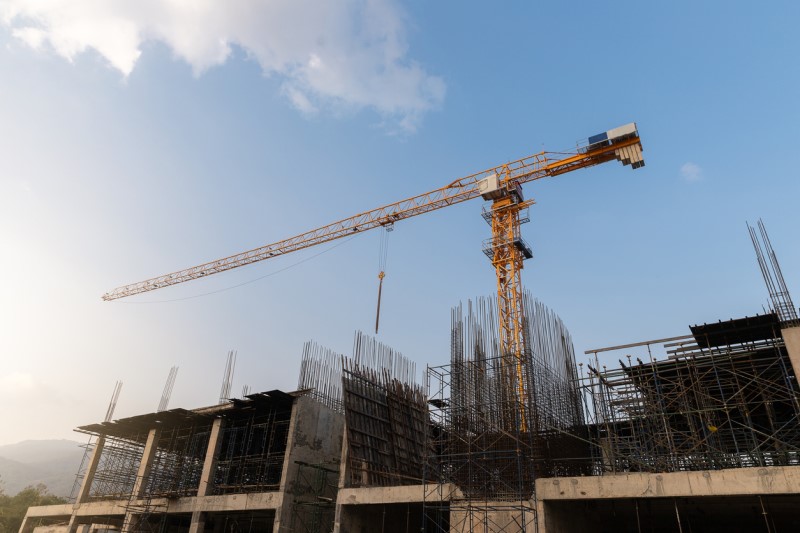Cashflows Driving Construction Insolvencies Spike
A predicted sustained decline in cashflow will be the key driver of insolvency risk in 2022, according to CreditorWatch’s Business Risk Report.
The warning comes as the ASIC’s latest data on insolvencies shows a 38 per cent increase in the number of insolvencies in the construction sector.
The number of construction firms going into external administration jumped from 237 in the third quarter of 2021 to 328 in the fourth quarter of 2021.
The number of court actions has also hit 58 per cent over the last quarter compared to the corresponding period the year before.
EarlyTrade’s supply chain scorecard also pointed to the ASIC data, stating that November 2021’s figures alone showed a 57 per cent increase in insolvencies as the effects of both restrictions and the withdrawal of government support were felt.
From the calendar year for 2020 to 2021 there was a 17 per cent increase in the insolvency rate for the construction sector.
The construction sector is the highest industry in arrears with 12.41 per cent of the sector affected. The accommodation sector followed with 10.92 per cent and IT with 10.77 per cent.
EarlyTrade also agreed and said that major public infrastructure activity will increase, hitting $52 billion 2023.
This is due to supply chain concerns, material costs increasing and labour shortages and restrictions.
“A tsunami of projects is cresting in 2023, at precisely the time cost pressures—inflation, materials, insurance—and competition for skilled workers are escalating for the industry,” EarlyTrade’s chief executive Guy Saxelby said.

The CreditorWatch report also pointed out that the sector’s unique payment structures were also to blame.
EarlyTrade said that head contractors are trying to resolve the payment structures issue by scaling up via tech to be able to process payments to subcontractors faster.
Subcontractors usually operate on thirty day payment terms but are now opting more and more for early payment options.
“Earlytrade has seen a five-fold increase in subcontractor registrations as our clients try to drive productivity and offer more to subbies by way of technology,” Saxelby said.
“Oftentimes for subbies, it comes down to cash flow and cash conversion—with better cash flow flexibility comes the control to manage forward orders, retain staff and successfully navigate the boom.”
Australian Construction Association said that if the gap in productivity growth between the construction industry and other industries over the last 30 years could be halved, it would generate $15 billion in infrastructure every year for the same expenditure and employ another 15,000 people.
“To deliver the record pipeline of infrastructure projects, the industry must innovate to find ways to do more with less...closing the gap in productivity growth between construction and other major industries is essential,” ACA chief executive Jon Davies said.
Meanwhile Western Australia remains the best performing state according to the ASIC data as boosted by both its mining and agricultural sectors.
NSW however has the most regions with the highest default risks most notably Bringelly-Green Valley with 7.81 per cent and Guildford-Merrylands with 7.84 per cent.
Defaults may rise within the Melbourne CBD as regional Victoria is the best performing in all of Victoria for default risk.
Northern Sydney and regional industrial areas remain steady but West Sydney is struggling with default risk as many people living in West Sydney cannot work from home and are affected adversely by restrictions.
North Queensland and agricultural centres are performing better than tourism areas and the Gold Coast.
The healthcare sector remains the safest industry in terms of default risk and arrears.
Nationally, the default risk sits at 5.7 per cent.














